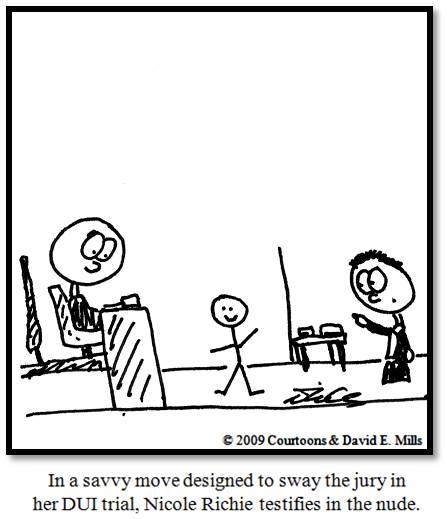This is the third post about State Volunteer Mutual Insurance Company’s 2008 financial results. Click on the links to see Part 1 and Part 2.
New malpractice claims asserted against SVMIC insureds dropped 2.5% in 2008. The company reports that 83% of all cases were resolved in favor of it’s policyholders on a company-wide basis.
(One of the things I frequently address at seminars for young lawyers is the evaluation of potential medical negligence cases. I tell them that the best way to make money on medical malpractice cases is to refuse to represent the next ten people who call asking the lawyer to represent them in a medical malpractice case. Obviously, that is ridiculous, but the fact remains that SVMIC "wins" almost 9 out of 10 cases. A fair number of those cases are filed by lawyers who do not have the experience to recognize a bad case from a good case..)




